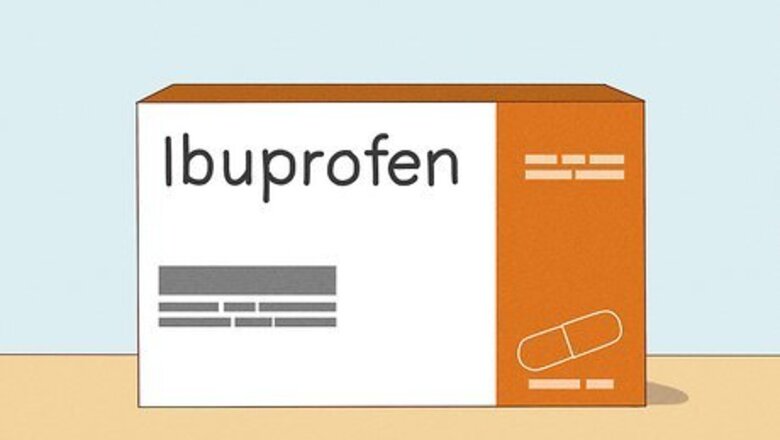
views
X
Expert Source
Stephanie AndersPiercing Specialist
Expert Interview. 4 December 2019.
Most of the time, these bumps go away on their own, but there are a few things you can do to speed up the healing process. Keep reading to learn about store-bought products and home remedies to get rid of a nose piercing bump as fast as possible.
- Clean your piercing regularly with a saline or salt solution. Always wash your hands before touching your piercing.
- Use a warm compress several times per day to promote healing.
- Apply an aspirin paste or diluted tea tree oil to help your nose piercing bump heal.
- Avoid touching your piercing as much as possible to reduce any further irritation.
Store-Bought Products
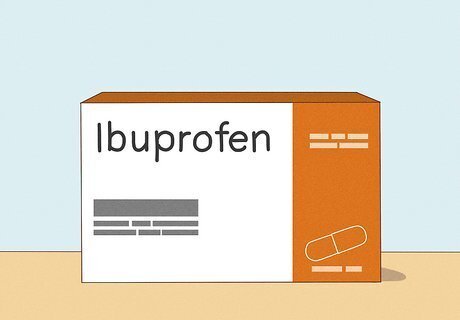
Take an anti-inflammatory medication. Use over-the-counter anti-inflammatory medication to treat swelling around the nose that can result in a nose ring bump. Try taking something like ibuprofen while symptoms persist. Check with a doctor or pharmacist if you're on any prescription medication. Make sure over-the-counter meds will not interfere with your existing medication.

Do regular salt soaks. Use the provided cleaning solution from your piercer, or make a saline solution by mixing 1 c (240 mL) of warm water with 1/8 tsp (0.2 g) of salt. Move your head sideways and dip the pierced half of your nose into the solution, and leave your nose in the water for about 15 to 20 minutes. You can also dab a cotton ball in the solution and apply it to your nose ring bump for 15 to 20 minutes, as this may be more comfortable. Your piercer may have given you a salt or saline solution after you had your piercing done. Always wash your hands before touching or cleaning your piercing to avoid introducing any new bacteria.
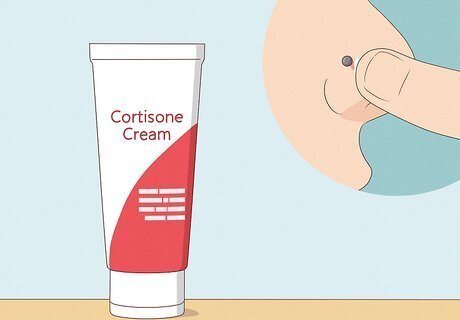
Try cortisone cream. It can help decrease swelling that results in a nose ring bump. Apply the cream to the area surrounding your nose ring to reduce swelling. Make sure to read the instructions on the cream you choose to apply it properly.
Home Remedies

Try an aspirin paste. Add water to a bottle of aspirin until the aspirin dissolves into a paste. Then, apply the aspirin paste to your nose ring bump each night. Let it sink in overnight and then wash it off in the morning. Make sure you continue to clean your nose ring as you normally would before and after applying aspirin paste. The strength of the aspirin does not matter, but stronger aspirin could potentially be more effective. Aspirin paste may be an effective home remedy, but it is not recommended for use by most piercers. If you do use an aspirin paste, only use it on a healed piercing to avoid slowing down healing time.

Use a chamomile tea compress. Chamomile tea has been shown to reduce inflammation and swelling. Place a bag of chamomile tea in warm water to get it slightly damp. Then, press the bag on your nose ring bump for about 10 minutes. If the bag loses heat during this time, dab it in some warm water before reapplying it to the bump.

Apply tea tree oil. Tea tree oil is a natural antibacterial that may be able to reduce swelling. Tea tree oil should never be applied directly to the skin, as this can cause a rash and irritation. Add only a few drops of tea tree oil to a small amount of a carrier oil such as olive oil. Then, dab a cotton ball in your oil. Swab the cotton ball around the bump to reduce swelling. Some people respond poorly to essential oils, so stop using this method if you notice a rash or another bad reaction.

Use a warm compress several times per day. Get a clean washcloth and wet it with warm water, then hold it against your piercing. Keep it there until the washcloth gets cold, or for about 5 minutes. Do this 2 to 3 times per day until your nose piercing bump heals. Warm compresses promote blood flow, which can speed up healing.
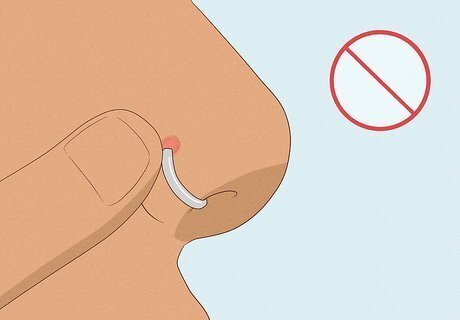
Avoid touching your piercing. Ultimately, the best way to get rid of a nose piercing bump is just to wait it out. Don’t touch your piercing unless you have to, and always wash your hands before handling your piercing. The less you irritate the area, the faster the bump will heal. Most piercing bumps are not permanent. However, they can take a few weeks to heal completely. Don’t change your jewelry until your piercing is fully healed. Swapping out your jewelry before your piercing is healed can cause further irritation.
Treating an Infection
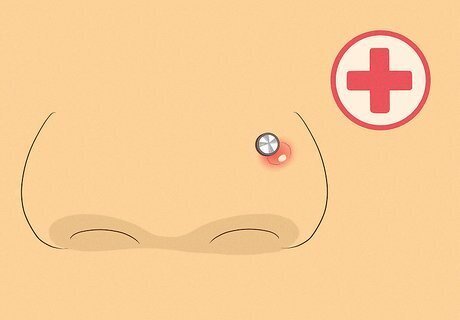
Look for the signs of an infection. If you end up with an infection, see a doctor or call your piercer. Your piercing may be infected if you notice symptoms like: A pimple-like bump near your piercing that emits pus A tender, pink bump A very hard bump
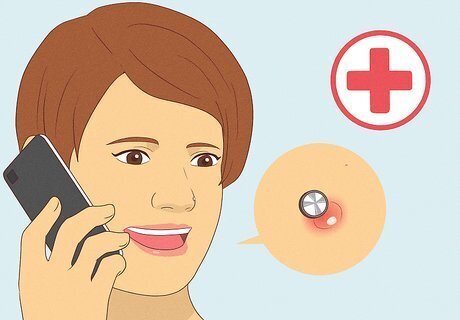
See a professional to treat or drain the bump. Many people attempt to use needles or similar objects to pierce and drain a bump. Draining a bump on your own can make an infection worse. If your bump requires draining, make an appointment with your doctor. A professional can also tell you how to treat the infection at home.

Do not remove your jewelry. If your piercing becomes infected, your first inclination may be to remove your jewelry. However, most infections can be treated with jewelry in place. Removing your jewelry can actually cause scarring or worsen an infection. Your doctor may instruct you to remove your jewelry if you’re allergic to the metal it’s made of. However, don’t remove your jewelry unless you’re told to by a professional.













Comments
0 comment